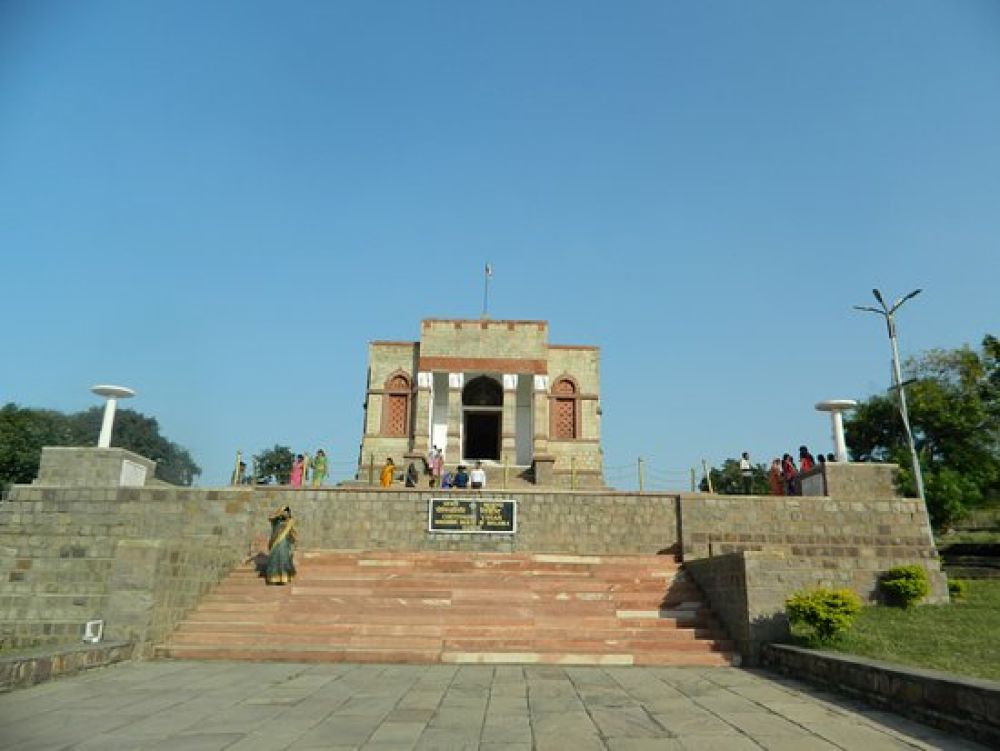

The Sanchi Stupa, also known as the Great Stupa at Sanchi, is one of the most important Buddhist monuments reflecting gemstones of Buddhist art and architecture. Located in the heart of Madhya Pradesh, India, this ancient structure was commissioned by the emperor Ashoka the Great in the 3rd century BCE. The site has a rich historical legacy, standing as a symbol of the spread of Buddhism through India.
Forgotten for centuries, the site was rediscovered in 1818 by General Taylor of the British India Army. Subsequent restoration work, most notably by Sir John Marshall, Director-General of the Archaeological Survey of India in the early 20th century, brought Sanchi back to its former glory. It was during this time that Sanchi started to gain international recognition and attract tourists from across the globe.
Over the years, tourism at Sanchi has grown significantly. The establishment of the site as a UNESCO World Heritage Site in 1989 further elevated its status, and it started to see a consistent increase in visitors. Local guides and historians offer insights into the intricate carvings and the symbolism behind the architecture, making it a learning experience as well as a pilgrimage for Buddhists worldwide.
Eco-Tourism: In recent years, there's been a push towards sustainable tourism. Measures are being taken to preserve the delicate historical site, and visitors are encouraged to respect the sanctity of the monument while enjoying their visit.
Digital Enhancements: Modern tourists are now experiencing Sanchi through augmented reality and virtual tours, which allow for a rich, in-depth understanding of the site's history and significance without physically touching the structures.
Visitor Experience: The Madhya Pradesh Tourism Department has developed visitor facilities, including the Sanchi Museum, which showcases artefacts found at the site. Plans are also under consideration for improving accessibility for international tourists and implementing tourist-friendly signage.
Research and Education: Sanchi is also becoming a center for Buddhist studies. Universities and researchers are showing great interest, leading to an increase in academic tourism.
Sanchi stands not only as a monolithic archive of Buddhism and Emperor Ashoka’s legacy but also as an evolving cultural destination. Its history is intertwined with the growth of tourism in the region, turning this ancient site into a modern-day pilgrimage spot for visitors from around the world. As tourism trends evolve, Sanchi continues to maintain its sanctity and historical significance while adapting to the needs of 21st-century travelers.